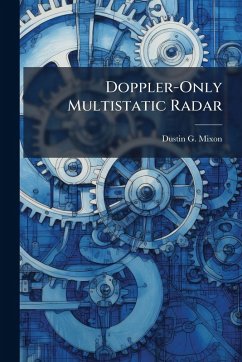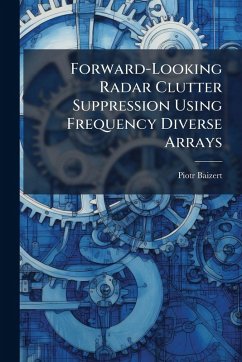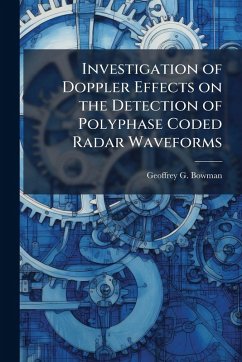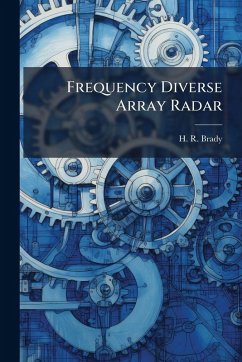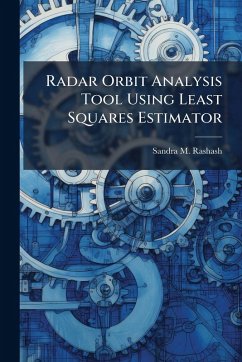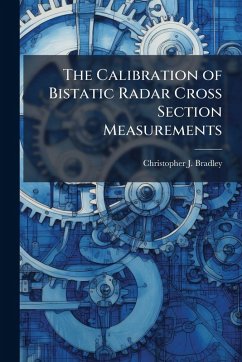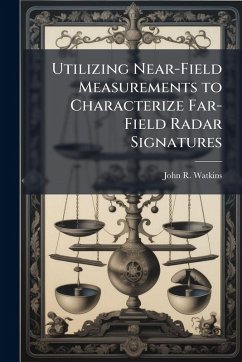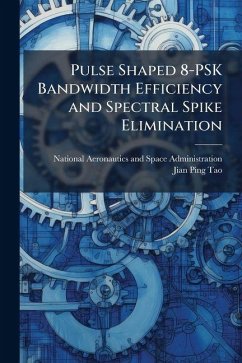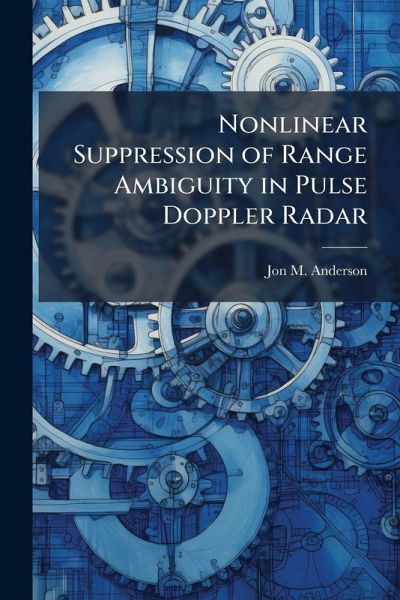
Nonlinear Suppression of Range Ambiguity in Pulse Doppler Radar

PAYBACK Punkte
9 °P sammeln!
Coherent pulse train processing is most commonly used in airborne pulse Doppler radar, achieving adequate transmitter/receiver isolation and excellent resolution properties while inherently inducing ambiguities in both Doppler and range. As first introduced by Palermo in 1962 using two conjugate LFM pulses, the primary nonlinear suppression (NLS) objective involves reducing range ambiguity, given the waveform is nominally unambiguous in Doppler, by using interpulse and intrapulse coding (pulse compression) to discriminate the received ambiguous pulse responses. By introducing a nonlinear opera...
Coherent pulse train processing is most commonly used in airborne pulse Doppler radar, achieving adequate transmitter/receiver isolation and excellent resolution properties while inherently inducing ambiguities in both Doppler and range. As first introduced by Palermo in 1962 using two conjugate LFM pulses, the primary nonlinear suppression (NLS) objective involves reducing range ambiguity, given the waveform is nominally unambiguous in Doppler, by using interpulse and intrapulse coding (pulse compression) to discriminate the received ambiguous pulse responses. By introducing a nonlinear operation on compressed (undesired) pulse responses within individual channels, ambiguous energy levels are reduced in channel outputs. The proliferation of high-speed digital signal processing capability and discrete code development occurring since 1962, greatly improves the feasibility of implementing NLS using code sets of multiple codes. This work has been selected by scholars as being culturally important, and is part of the knowledge base of civilization as we know it. This work was reproduced from the original artifact, and remains as true to the original work as possible. Therefore, you will see the original copyright references, library stamps (as most of these works have been housed in our most important libraries around the world), and other notations in the work. This work is in the public domain in the United States of America, and possibly other nations. Within the United States, you may freely copy and distribute this work, as no entity (individual or corporate) has a copyright on the body of the work. As a reproduction of a historical artifact, this work may contain missing or blurred pages, poor pictures, errant marks, etc. Scholars believe, and we concur, that this work is important enough to be preserved, reproduced, and made generally available to the public. We appreciate your support of the preservation process, and thank you for being an important part of keeping this knowledge alive and relevant.




